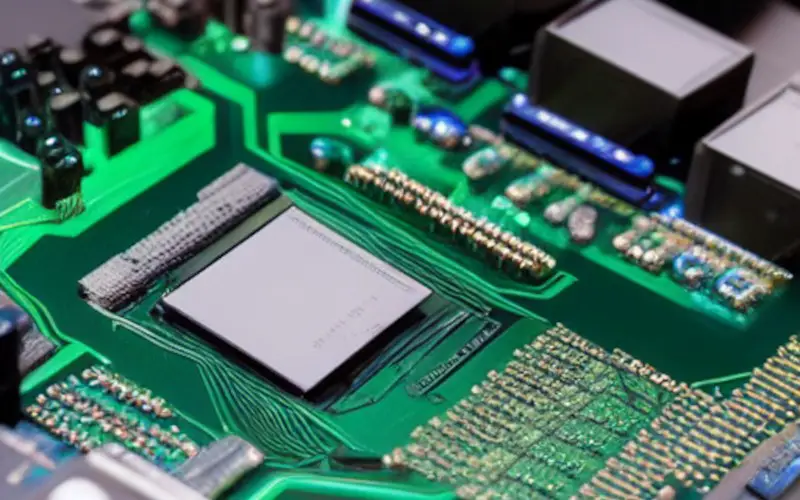Your computer’s CPU is its brain, while the motherboard is its spine. The CPU sits on the motherboard and controls all of the computer’s operations, while the motherboard provides power and communication to all of the parts of the computer.
The article below will discuss the distinctions between a CPU and a motherboard.
What is a CPU?
A processor, or central processing unit (CPU), is the brain of a computer. It handles most computations and functions that allow a computer to run its operating system and any installed programs.
A computer’s processor speed is the most important factor in how fast the overall machine will be. Some computers have a processor that can handle all data for the system, while others have add-in cards to help speed up processes. For example, graphics cards are often used as an offload method.
Regardless of how data is handled, the processor is essential for a computer to function.
The CPU is the most important component of your computer and determines how fast your computer can run. If you are a gamer or use your computer for video editing, you will want to ensure that you have a powerful CPU.
Related: RAM vs CPU: What’s the Difference?
What is a Motherboard?
The motherboard is the foundation of any computer system. It is a large circuit board that houses the CPU, RAM, and other essential components.
The motherboard not only has a slot for the CPU but also has room for installing RAM (Random Access Memory) in “sticks.” RAM is used temporarily for rapid storage and retrieval of data.
You may be able to install devices such as video displays, computer networks, and audio systems. The motherboard allows all these components to communicate and function as a cohesive unit. Without a motherboard, a computer would not be able to function.
What is the Difference Between a CPU and a Motherboard?
The motherboard is the computer’s main circuit board, where the processor is mounted and interconnected with other hardware devices. The processor is the central processing unit (CPU) of the computer that performs arithmetic and logical operations.
Both the motherboard and processor are important hardware components of the computer.
The motherboard is the foundation of the computer that supports all other components. It provides power to the processor and other devices and connects them.
The processor is the brain of the computer that interprets and carries out instructions. Without a processor, a computer would not be able to function.
Both the motherboard and processor are essential for a computer to work properly. Without a motherboard, there would be no way to connect and power the various hardware devices. And without a processor, there would be no way to interpret and carry out instructions.
In short, the motherboard and processor are essential for a computer to function properly.
Related: Asus vs Gigabyte Motherboard: What’s the Difference?
Frequently Asked Questions?
Do Motherboards Include CPU?
A motherboard is the main circuit board in many computers and holds many of the system’s vital components.
Many different parts make up a computer. These parts include the CPU, memory, storage, ROM BIOS, cooling fans, connectors for peripheral devices, peripheral connector slots, battery backup, and the power connector.
The motherboard connects all of these components and allows them to communicate. In some cases, the CPU may be included on the motherboard, but in most cases, it is a separate component that must be installed in a socket on the motherboard.
Will A Motherboard Post Without A CPU?
The POST (Power On Self Test) is critical to booting up a computer. It’s a simple check that the motherboard runs to ensure that all the major components are functioning properly before booting up the rest of the computer.
Even if a CPU isn’t installed in the motherboard, it can still go through the POST process. The chipset on the motherboard is responsible for running the POST checkup, so as long as everything is properly plugged in and functioning on the motherboard, it will POST without any issues.
This is why you can sometimes get away with having a bare minimum of components plugged in to test if a motherboard is working properly.
As long as you have power going to the motherboard and some display connected, you should be able to see if the POST checkup passes without any problem.
So, while a CPU isn’t strictly necessary for a POST, it is necessary for anything beyond that point. Once the POST checkup is complete, the computer will need a CPU installed to boot up properly.
Conclusion
The motherboard is the computer’s main circuit board. It holds the CPU, memory, and other vital components. On the other hand, the processor is responsible for executing instructions from a computer program.
The processor performs arithmetic, logic, and control operations based on its instructions. While the motherboard allows communication between various computer components, the processor carries out the actual operations.
Therefore, we can say that the processor is the heart of the computer, while the motherboard is its nervous system.






